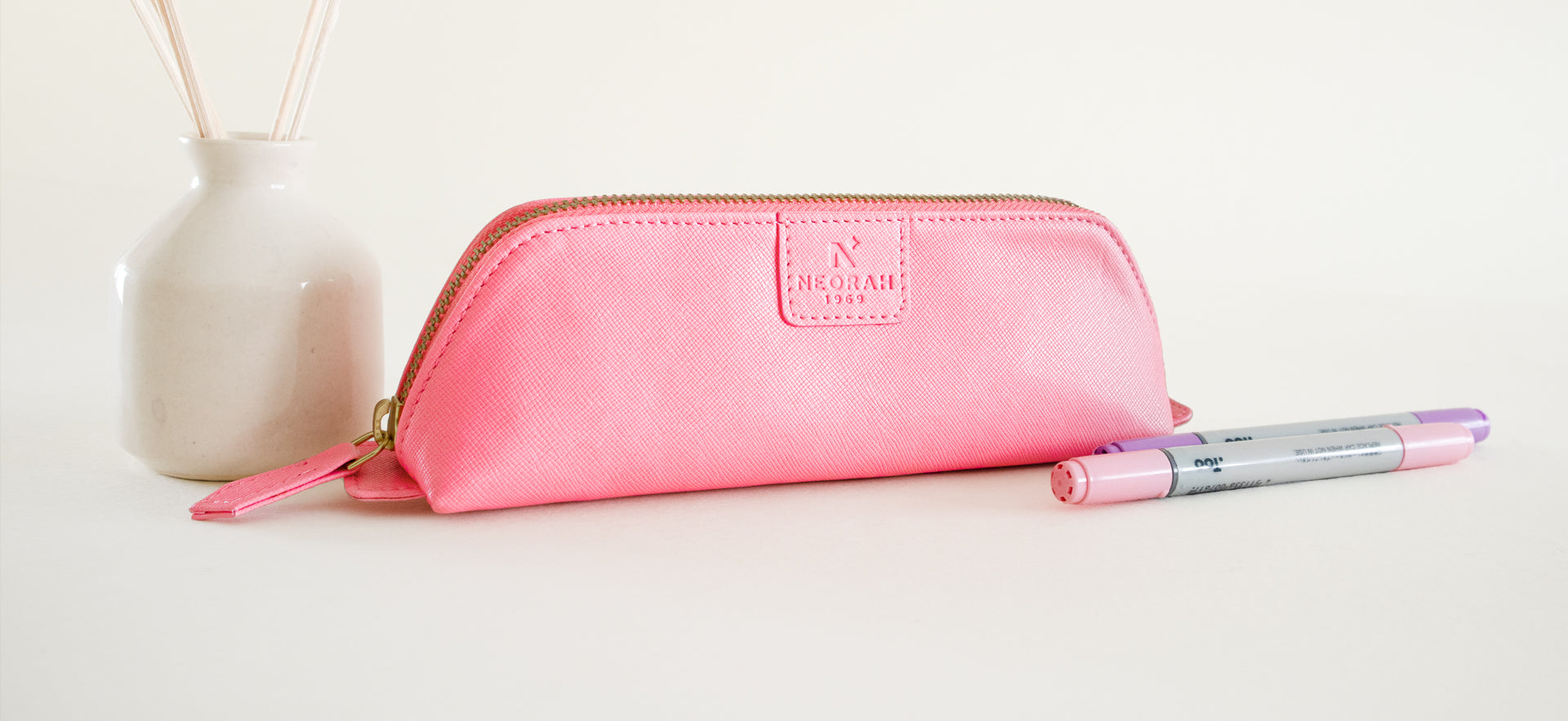Planner Vs Bullet Journal. Which is the Right One for You?

It’s easy to lose sight of goals as life gets complicated. The dreams that once thrilled and motivated you, can gradually make you feel intimidated and defeated. There are many things that can side track your passion, like prioritizing responsibilities in day-to-day life such as paying bills, mortgage etc., the stress associated with the demands of work life, the everyday chores that cannot be missed and the need to focus on physical and mental health.
This slow disconnection with our goals can cost us our determination and confidence till we end up end up with a feeling of regret about having drifted away aimlessly for so long.
The best way to overcome these challenges and realign our focus is through planning and its systematic execution. Planning will help break down goals into achievable tasks that can be worked on every Day. It helps manage and utilize time efficiently in order to keep working on these goals as a priority and also track progress over a period of time to stay invested.
There are two different types of tools that can be used to make Planning more effective and organised. One is the traditional Planner and the other is the Bullet Journaling System. Let’s analyse both these tools in detail:

What is a Planner?
A Planner notebook is a printed notebook with pre designed layouts. The when and what of the day can be simplified by using planners. It has a structured framework that moves in progression like yearly, monthly, weekly and daily. It is a tool that helps to plan to dos, allocate time and reflect on progress.
Different types of planners:
1. Dated and Undated Planners
Dated Planners come with pre-printed dates for each month/week/day. It’s a ready to use planner that can be utilized immediately without having to fill in dates manually as well as to plan & schedule events and appointments in advance.
Undated Planners have monthly/weekly/daily layouts that allow the users to fill in the dates as needed. This makes these planners highly customizable, enabling the users to begin and use the planner as required without worrying about wasted pages.
2. Weekly Planner

The weekly planner has the weekly tabs aligned horizontally on the page for maximum writing space and a notes page per week. It is suitable for those who love to see their week’s plans at a glance.
3. Daily Planner

The yearly layout and the monthly layouts are common in both the Weekly Planner and the Daily Planner 2024. The difference is in the weekly layouts. The weekly layout in this type of planner is vertical and divided by the hour which helps to time block and manage time efficiently.

The Daily Planner also includes a page per day which helps to make detailed to do lists, notes or even journal briefly.
Pros
- Well thought and researched layouts that are readily setup in the 2024 planner diary and can be used immediately
- Great option for those who do not have time to set up each month or week on their own
- An organised framework that’s easy to use
- It’s a simple, straightforward and professional tool that can be carried and used anywhere
- Easy to find things at a glance without having to flip through pages
- Great for time- based tracking and allocating in both 2024 weekly planner and 2024 daily planner.
Cons
- A fixed layout that cannot be altered
- Not suitable for those who prefer a lot of free space to write in detail
- Limited scope for aesthetics and decoration of pages
What is a Journal?

A Journal is a notebook that can be used to write, express and record your thoughts and feelings. A bullet Journal is an organisation system that combines the elements of a planner, diary and a to-do list. It offers high flexibility in terms of layout, space and set up, as per each person’s convenience.

picture credits: @pretty_little_bibliophile
Pros
- The user can select any journal notebook of choice in terms of paper thickness and ruling
- The spreads can be customized as per the user’s need and even changed in the upcoming months or weeks
- Each section of the spreads can take up as much space as the user requires in the journal.
- Bullet journal notebook can be used for more than just planning like note taking, writing, doodling and other purposes
- There is a lot of scope for creativity in terms of decorating the pages
- A great choice for those who find the creative process therapeutic and motivating to stay productive
Cons
- It can be time consuming to set up each spread on your own in the journal diary
- Sometimes overwhelming to experiment with different formats till the right one is found
- Can become unproductive if too much time is spent on the details
There is no such thing as right or perfect when it comes to planning. Evaluate the choices and choose the one that suits your needs and lifestyle, so that planning itself does not become a chore. By selecting the planning tool that suits you, you can enjoy, stay productive and achieve success in your own terms.









Leave a comment